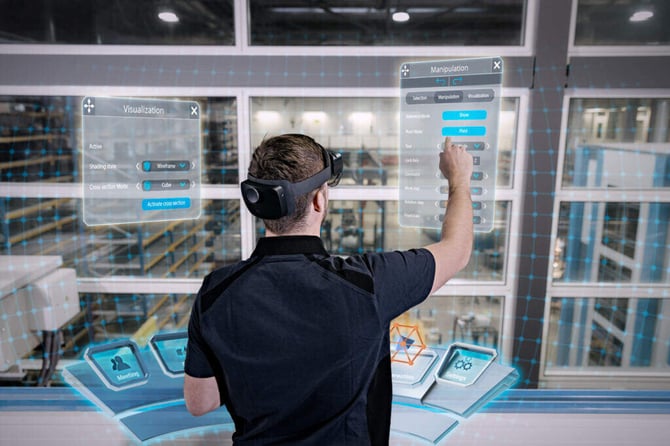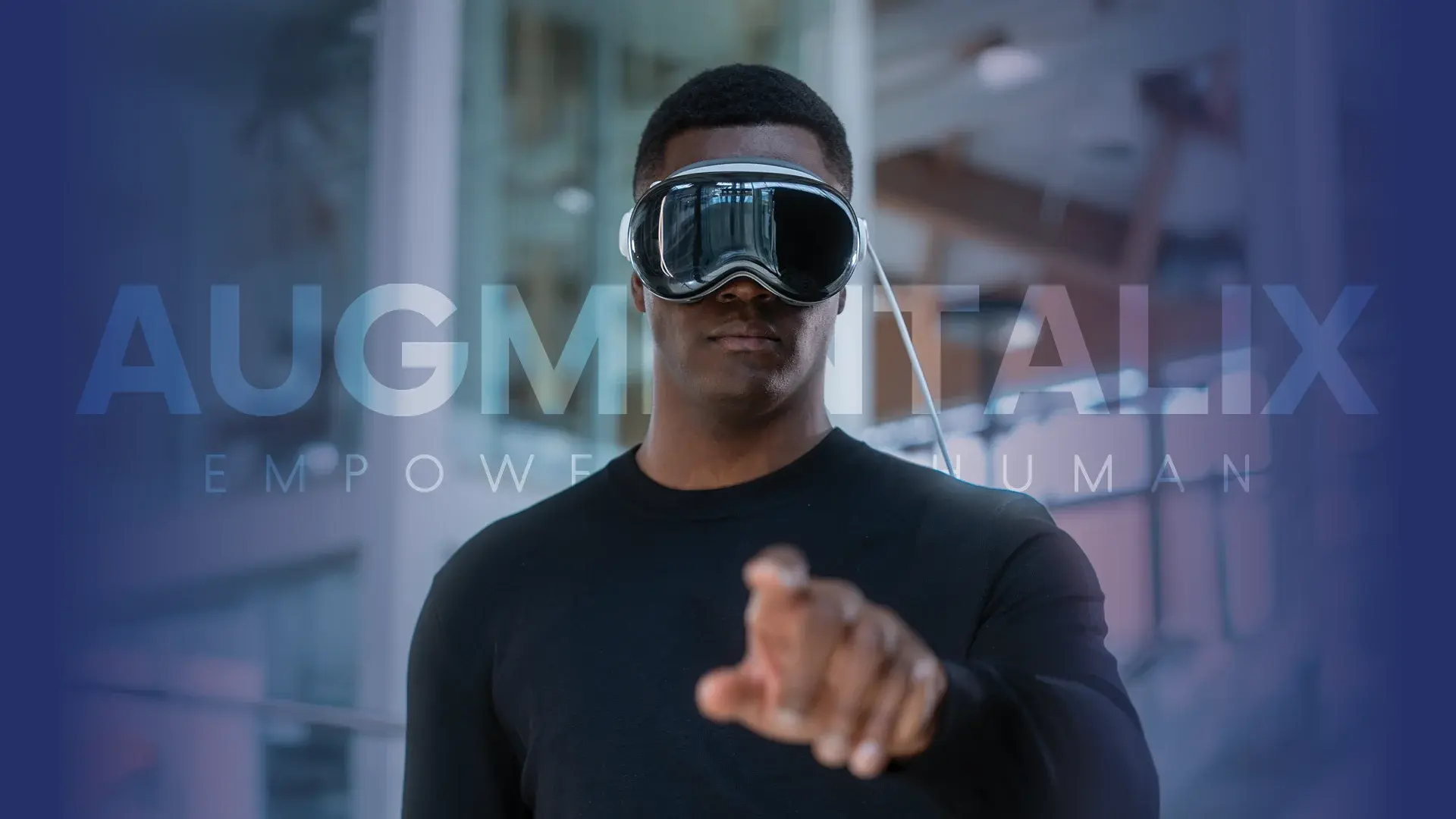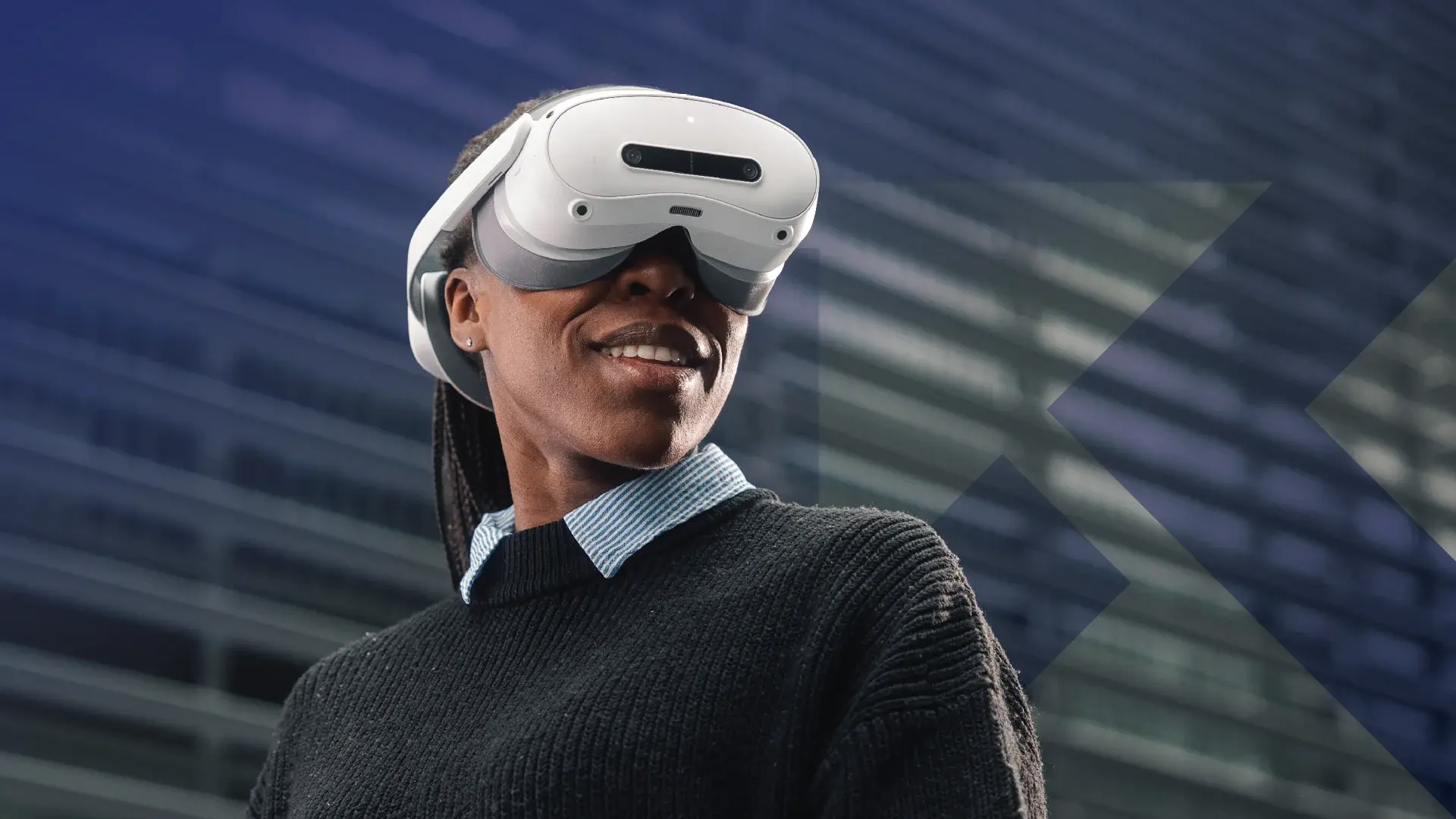A Guest Article by Mia Stefan
Augmented reality (AR) is an exciting technology, both for brands and consumers. Research expert Thomas Alsop reports that the global AR market, together with virtual reality, is estimated to grow to $297 billion by 2024 – a meteoric rise from today’s value of $31 billion. Fans of Nintendo and IKEA have had their AR experiences in the form of AR games and AR shopping, respectively. For businesses, AR has done even more than that – AR has changed the way they interact with data.
Data Visualization and Augmented Reality
Traditionally, data belonged on a spreadsheet or flat charts and graphs. In the age of big data, however, businesses have to contend with vast volumes of information. It would be nearly impossible to have them all on paper and be able to interpret them correctly.
What AR does is bring complex data out of spreadsheets and turns them into 3D overlay visuals. This allows data visualization to appear in the actual space people move in. It gives the audience a clearer context of the information being conveyed. Take navigation, for example. There’s a significant difference between following directions from a map and being guided by an AR-enabled mobile app – an AR app can create markers that you can see through your phone camera. Business and tech columnist Naveen Joshi emphasizes that businesses can reap the same benefits. He points out that with AR technology, people can walk around in physical space to understand potentially thousands of data points.
AR’s interactivity also enriches data visualization, as it allows users to perform gestures that give them a more detailed look at specific portions of the data set. AR has revolutionized humans’ relationships with data. It lets people touch what used to be just information on paper.

AR in Action
Data visualization is a common thread in businesses across all industries. Today, companies have to look at data to arrive at successful business decisions. As the world becomes more digitized and connected, it’s only natural that businesses have more and more data to sift through. This is why AR’s data visualization capabilities are so valuable.
For one, it has greatly improved the healthcare sector. The conference paper ‘Augmented Reality for Big Data Visualization: A Review’ underscores how AR helped in brain tumor research. Images collected from 50 subjects were put under tracking and estimation processes, using facial landmarks to map the brain. By the end of the experiment, the team was able to render an AR model of the brain with 97% accuracy, which also worked in real-time. Similarly, the conference paper mentions how chemistry has progressed with AR. Chemists now have AR molecular models which they can manipulate, changing their positions and viewing them to the most minute levels.
AR is even changing the face of marketing, particularly digital marketing. More brands and consumers are online now more than ever. This means that the digital space is saturated with information and data – and the best digital marketing teams know that this is a resource they need to tap into. Every brand online has to rely on data-backed insights. As global digital marketing firm Ayima highlights, good online marketing strategies need a deep understanding of data to drive traffic and for brands to perform well online. Initiatives like performance SEO, paid and biddable media, and riding on consumer trends all hinge on interpreting data. With AR, digital marketers have a bigger grasp of information and they’re able to see a full picture of the digital landscape – and quite literally, too.
Another sector that’s benefiting from AR is the automotive industry. For instance, the German car manufacturer BMW has sped up their design processes by as much as a year through AR engineering software (Hololight Space) by Hololight. The vehicle production method involves complicated stages, including running through very detailed information about each car part. By using Hololight’s Hololight Space, BMW is now able to visualize their 3D CAD models in high quality and with very little data-crunching, the software does it for them. These AR models are also scalable and include every minute detail of each part. The way AR is used in automotive production is a positive precedent for the entire manufacturing industry.
Data visualization is only going to progress with AR technology. To stay on top of the latest extended reality trends, read on to the other posts on the Hololight News page.
Guest Writer: Mia Stefan
Mia Stefan is an avid fan of emerging technologies. She enjoys keeping up with the latest news about new gadgets and trends. When she’s not writing a review, you’ll find her tending to her indoor garden.
Written for hololight.com
Picture Credits (Title Image): Pexels

Augmentalix Joins Hololight as Official Reseller for the French Market
Ismaning, Germany – October 14, 2025–Hololight, the leading specialist in XR streaming technology and AR/VR software for the enterprise market,...
 Sandro Sailer
Sandro Sailer

